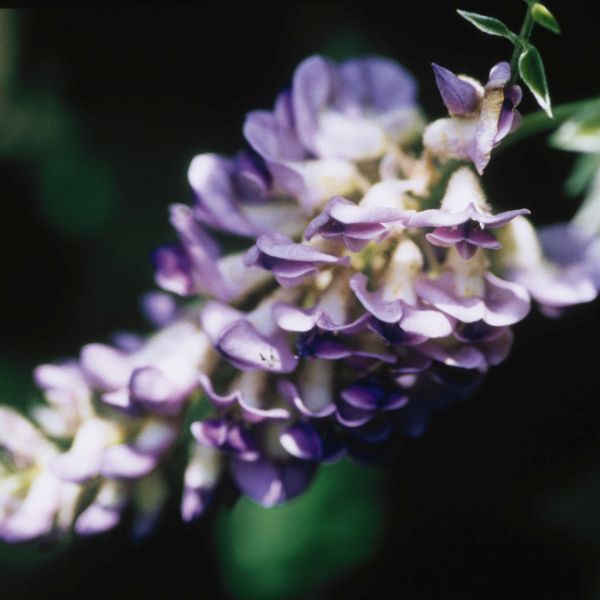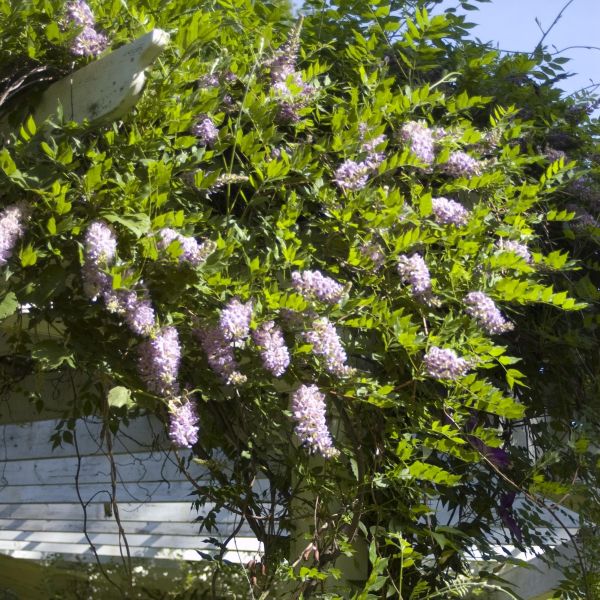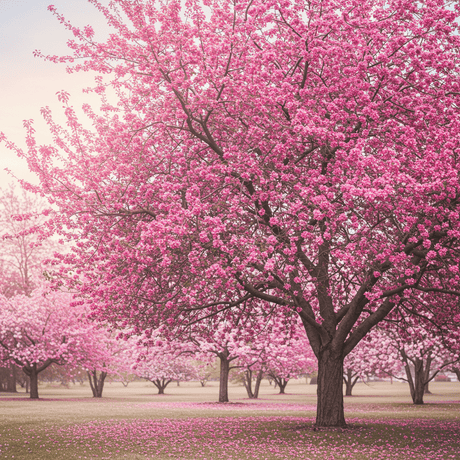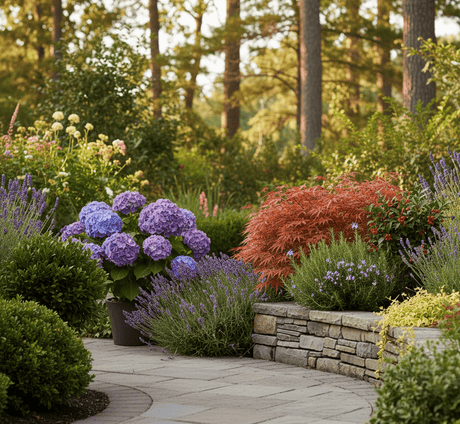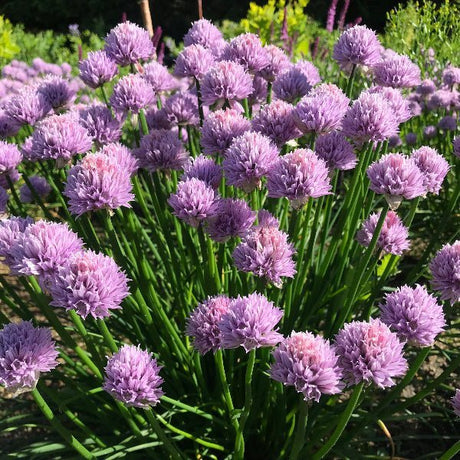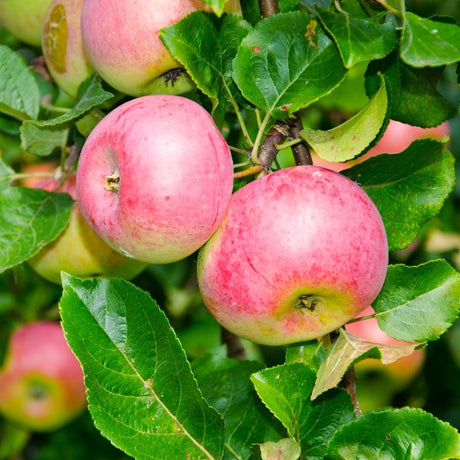Aunt Dee Wisteria Vine
Wisteria macrostachya 'Aunt Dee'
- Stay Protected with Plant Sentry ™
Aunt Dee Wisteria Vine is backordered and will ship as soon as it is back in stock.
Plant Sentry™
Plant Sentry™

Plant Sentry™ Protected
Your order is protected by our compliance system that:
- Prevents restricted plants from shipping to your state
- Ensures plants meet your state's agricultural requirements
- Protects gardens from invasive pests and diseases
Delivery and Shipping
Delivery and Shipping
Delivery and Shipping
Fast, Safe Plant Delivery
Ships in 3-4 business days • Tracking provided • Weather protected
| Under $50 | $9.99 |
| $50 - $99.99 | $14.99 |
| $100 - $149.99 | $16.99 |
| $150 - $198.99 | $24.99 |
| $199+ | FREE |
✓ Zone-specific timing • ✓ Professional packaging • ✓ Health guarantee
Understanding Plant Options
Nature Hills offers plants in two main formats:
- Container Plants: Grown in pots with soil, sized by container volume and plant age
- Bare Root Plants: Dormant plants without soil, sized by height measurements
Container Plant Sizes
Container sizes indicate plant age and growing capacity rather than liquid volume equivalents. Our containers follow industry-standard nursery "trade gallon" specifications, which differ from standard liquid gallon measurements.
Young Plants (6 months to 18 months old)
| Container Size | Actual Volume | Metric Equivalent |
|---|---|---|
| 2" x 2" x 3" | 0.18 - 0.21 dry quarts | 0.20 - 0.23 dry liters |
| 4" Container | 0.31 - 0.87 dry quarts | 0.35 - 0.96 dry liters |
| 4.5" Container | 0.65 dry quarts | 0.72 dry liters |
| 6" Container | 1.4 dry quarts | 1.59 dry liters |
| 1 Quart | 1 dry quart | 1.1 dry liters |
| 5.5" Container | 1.89 dry quarts | 2.08 dry liters |
Established Plants (18 months to 2.5 years old)
| Container Size | Actual Volume | Metric Equivalent |
|---|---|---|
| 2 Quart | 2 dry quarts | 2.2 dry liters |
| #1 Container | 2.26 - 3.73 dry quarts | 2.49 - 4.11 dry liters |
| 5" x 5" x 12" | 3.5 - 4.3 dry quarts | 3.85 - 4.74 dry liters |
Mature Plants (2-4 years old)
| Container Size | Actual Volume | Metric Equivalent |
|---|---|---|
| #2 Container | 1.19 - 1.76 dry gallons | 5.24 - 7.75 dry liters |
| #3 Container | 2.15 - 2.76 dry gallons | 8.14 - 12.16 dry liters |
Large Plants (3-5 years old)
| Container Size | Actual Volume | Metric Equivalent |
|---|---|---|
| #5 Container | 2.92 - 4.62 dry gallons | 12.86 - 20.35 dry liters |
| #6 Container | 5.25 - 6.01 dry gallons | 23.12 - 26.42 dry liters |
| #7 Container | 5.98 - 6.53 dry gallons | 26.34 - 28.76 dry liters |
Bare Root Plants
Bare root plants are sold by height from the root system to the top of the plant. Plants may exceed minimum height requirements.
Common Sizes:
- Trees: 1 foot, 2 feet, 3 feet, 4 feet, 5 feet, 6 feet
- Shrubs & Perennials: 1 foot, 18 inches, 2 feet
Important Notes
Container Volume Specifications
- Trade Gallon Standard: Our containers follow industry-standard "trade gallon" specifications established by the American National Standards Institute (ANSI Z60.1) for nursery stock
- Volume Variations: Actual soil volume may vary due to plant root systems and growing medium settlement
- Age Indicators: Container size primarily indicates plant age and maturity rather than liquid volume equivalents
Growing Conditions
- Plant size can vary based on variety and growing conditions
- Container size helps indicate plant maturity and establishment level
- Larger containers generally mean more established root systems and faster landscape establishment
Seasonal Availability
- Bare root plants are available seasonally when dormant
- Container plants are available throughout the growing season
- Specific varieties may have limited availability in certain sizes
Questions?
For questions about specific plant sizes or availability, please contact our plant experts who can help you choose the right size for your landscape needs.
Plant Highlights
Aunt Dee Wisteria Vine highlights at a glance!
-
Botanical Name
-
Brand
-
Growing Zones4, 5, 6, 7, 8
-
Growth RateFast
-
Mature Height
-
Mature Width
-
Leaf Color
-
Flower Color
-
Fall Color
-
Pollinator FriendlyYes
-
Bloom PeriodLate Spring, Early Summer, Late Summer
-
FragrantYes
Characteristics
Where To Plant
When To Prune
- Late Summer
Water & Moisture Needs
- Moderate
Sunlight Needs
Soil Needs
- Widely Adaptable
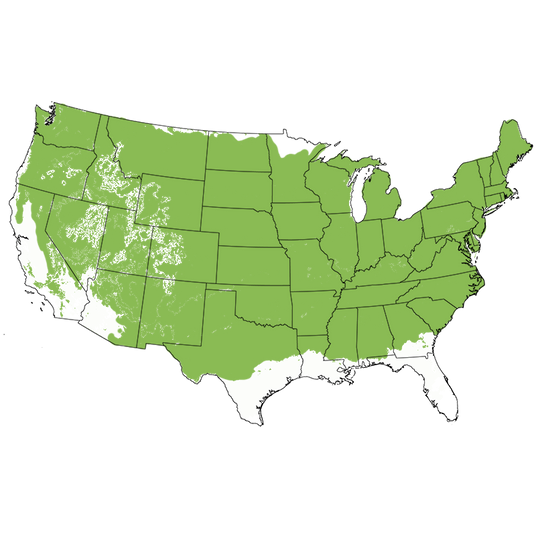
Growing Zones
Aunt Dee Wisteria - Clouds of Purple Fragrance!
A wonderful hardy native cultivar, the Aunt Dee Wisteria (Wisteria macrostachya 'Aunt Dee') produces showy clusters of fragrant, light purple flowers in the spring from a young age. Heads will turn when this plant is in full bloom! The drooping heavy chain-like clusters are fragrant and look like they stepped straight out of a fairytale!
Known for their stunning, cascading purple flower clusters, Aunt Dee adds a touch of elegance and charm to sun garden spaces. Growing up to 20 feet tall in a few years, these flowering vines have a small footprint, spreading just 6-8 feet wide.
Also known as Kentucky Wisteria, this deciduous, twining, woody vine is noted for its long life span and exceptional beauty! Hardy throughout the United States plant hardiness zones 4 to 8, Aunt Dee is a native species of Wisteria, not becoming invasive or overwhelming their garden spots.
Landscape Application:
Aunt Dee Wisteria needs sturdy support, such as a trellis, arbor, or fence to grow and climb on. Climbing and twining around any support given, Wisteria romantically covers stair, porch, and balcony railings, pergolas, gazebos, garden arches, and landscape obelisks with their fragrant blooms and exotic foliage! Looking fantastic all growing season long!
Use these fast-growing vines to cover an unsightly structure like a chain-link fence, or grow yours on a trellis to conceal the neighbor's messy backyard. Or use Aunt Dee as a natural privacy screen around your pool, hot tub, or backyard dining and seating areas, these Flowering Vines bring a romantic touch of garden artistry!
Pollinator-friendly native cultivars, Aunt Dee brings in hummingbirds galore! The scented blooms are ideal for you to steal a few for your vases and bouquets indoors! You won't even need a garden to enjoy Aunt Dee! Pot her up in a large planter with a trellis or obelisk and enjoy her adorning your porches and patios in the sun!
- Clouds of Dangling Scented Purple Blooms
- Flowers Spring Until Early Summer
- Attracts Butterflies & Hummingbirds
- Adaptable, Fast Growing & Long-Lived
- Exotic Green Foliage & Strong Twining Tendrils
- Screening, Specimens, Privacy & Container Accents!
#ProPlantTips for Care:
Aunt Dee Wisteria does best in well-drained soil and is widely adaptable! It prefers deep, moist garden spots in full sun, so ensure it receives at least 6 hours of direct sunlight a day. Anything less and your Wisteria will struggle to bloom.
During your plant's first season in the ground, water carefully and consistently to help the roots establish themselves in the soil. After that, water should be provided regularly as needed, especially during drought. You'll want to keep your beautiful plant stress-free, after all!
If you grow it near the lawn, keep lawn fertilizer away from the Wisteria. After all, a formula for lawns is high in nitrogen, and that will reduce the flowering.
Pruning Wisteria Vines
Wisteria can grow fast and bloom on new wood. Established plants may grow 10 feet or more in a single year. You can certainly keep it much smaller with bi-yearly pruning.
Get the best flowering display with pruning before growth begins in late winter or very early spring. Remove dead or broken branches at this time. For size control, count four buds up along last year's growth, and trim your vine just above the fourth bud, removing excess side shoots.
Prune again just after the first round of spring blooms have faded. Deadheading will sometimes encourage a second, smaller flush of flowers on some varieties.
Invest in a sharp pair of garden shears to get the best performance from your Wisteria. Pruning is necessary for growing gorgeous Wisterias ... read more in the #ProPlantTips Garden Blog.
- Full Sun Deciduous Vine
- Moist Well-Drained Soil
- Drought Tolerant Once Established
- Prune Late Winter & Again After Flowering
- Deer Resistant
Aunt Dee Wisteria Vines can be a magnificent and rewarding addition to any garden, providing a beautiful burst of color and texture year after year. Order now at NatureHills.com!
Wisteria FAQ
How invasive is Wisteria?
Chinese Wisteria and Japanese Wisteria are vigorous growers, so unmanaged vines can overtake an area, and they have surface runners that root when touching the ground. However, American Wisteria is not invasive or as aggressive.
How long does it take for a Wisteria to bloom?
Wisteria species should bloom 3 to 4 years after being established. A Wisteria can be slow to bloom when exposed to less sun or exposed to high-nitrogen fertilizer.

